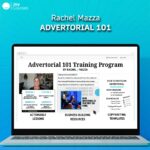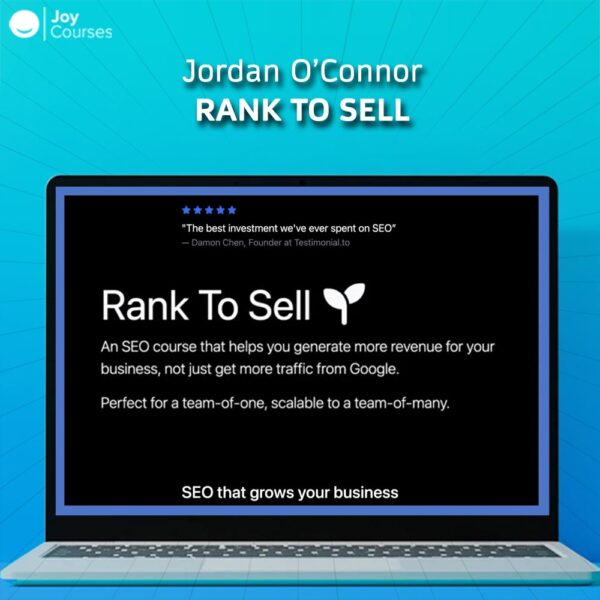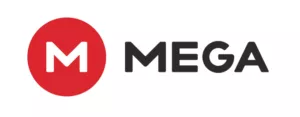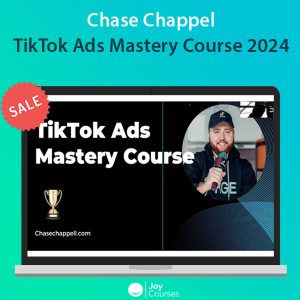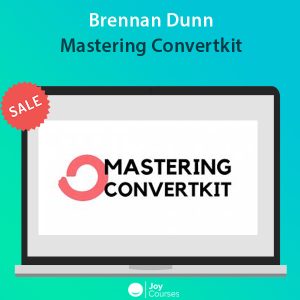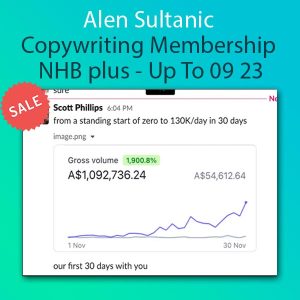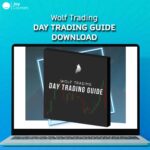Description
Download proof | Jordan O’Connor – Rank To Sell (Course Size: 1.89 GB)
![]()

Jordan O’Connor’s “Rank To Sell” is a course focused on using SEO strategies to improve the ranking and visibility of products or services, thereby increasing sales through organic search traffic. This program typically teaches a step-by-step approach to mastering SEO fundamentals, advanced ranking techniques, and conversion-focused content strategies aimed at boosting sales through search engine visibility. Here’s an outline of the key elements covered:
1. SEO Fundamentals for Selling
- Understanding Search Intent: Analyzing different types of search intent (informational, navigational, transactional) to align content with buyer intent.
- Keyword Research for Conversions: Techniques to identify high-intent keywords that attract buyers, focusing on keywords that indicate purchasing readiness.
- Competitor Analysis: Learning to analyze competitors’ SEO strategies to identify gaps and opportunities in targeting relevant keywords.
2. On-Page Optimization Techniques
- Content Structuring for Ranking: Structuring pages with SEO-friendly titles, headers, and meta descriptions to improve relevance and click-through rate (CTR).
- Optimizing for User Experience (UX): Enhancing readability, page speed, and mobile-friendliness, which are crucial for both SEO and user retention.
- Internal Linking Strategies: Using internal linking to pass authority across pages and guide users through the purchasing journey.
3. Creating High-Conversion Content
- Conversion-Focused Content: Writing content that not only ranks well but also compels visitors to take action, with a focus on clear calls-to-action (CTAs).
- Product Descriptions and Reviews: Best practices for crafting engaging product descriptions and integrating customer reviews to build trust and drive conversions.
- Content Format Variety: Using various content formats like blog posts, guides, comparison pages, and FAQs to appeal to users at different stages of the buying cycle.
4. Technical SEO for Product Pages
- Structured Data and Schema Markup: Applying schema markup to help search engines better understand product information, enhancing visibility through rich snippets.
- URL Structure and Canonical Tags: Best practices for product page URLs and canonical tags to avoid duplicate content issues and improve page rankings.
- Image Optimization: Optimizing images for faster loading and relevance, using alt tags and descriptive filenames to improve SEO and accessibility.
5. Link Building and Backlink Strategies
- High-Quality Link Acquisition: Strategies for earning high-quality backlinks that increase domain authority and improve ranking potential.
- Content Promotion and Outreach: Techniques for promoting content through outreach, guest posting, and collaborations to attract natural links.
- Leveraging Social Proof and Testimonials: Using testimonials and case studies in outreach efforts to build credibility and encourage organic backlinks.
6. Building Authority with Content Clusters
- Creating Topic Clusters: Developing clusters of content around main topics to demonstrate expertise and signal relevancy to search engines.
- Pillar and Supporting Content: Writing in-depth pillar content and supporting articles that link to each other, creating a network that boosts authority.
- Long-Tail Keyword Targeting: Focusing on long-tail keywords within content clusters to capture niche search queries that have higher conversion potential.
7. Monitoring and Analytics
- Tracking Key Performance Indicators (KPIs): Setting up and tracking SEO KPIs like organic traffic, CTR, bounce rate, and conversion rate to measure SEO success.
- Using Google Analytics and Search Console: Leveraging Google Analytics and Search Console to understand traffic sources, user behavior, and ranking performance.
- Conversion Rate Optimization (CRO): Techniques for analyzing and improving on-page elements, such as CTAs and forms, to increase the likelihood of conversions.
8. Scaling and Maintaining SEO Results
- Content Refreshing: Updating existing content to maintain relevance and improve ranking for existing pages.
- Building Evergreen Content: Creating long-lasting content that remains relevant over time and continuously drives traffic and conversions.
- Automation Tools: Using SEO automation tools to track performance, monitor rankings, and streamline ongoing optimization.
9. E-Commerce SEO Tactics
- Optimizing Product Listings: Techniques for ranking individual product listings, such as optimizing product titles, descriptions, and images.
- User Reviews and Ratings: Encouraging reviews and ratings on product pages to improve credibility and ranking.
- Category Page Optimization: Strategies for optimizing category pages to rank for broader search terms and improve navigation for buyers.
10. Local SEO (If Applicable)
- Google My Business (GMB) Optimization: Optimizing GMB profiles to increase visibility for local searches and attract nearby customers.
- Local Listings and Citations: Building citations on relevant local directories to improve local SEO and drive in-store traffic if applicable.
- Targeting Local Keywords: Using geo-specific keywords to capture local search traffic, particularly for services or products sold in specific locations.
Jordan O’Connor’s Rank To Sell course provides a practical approach to SEO that is geared specifically toward driving sales. The emphasis on high-intent keywords, conversion-focused content, and technical optimization helps participants create an SEO strategy that aligns with buyer intent and increases sales through organic search traffic.
